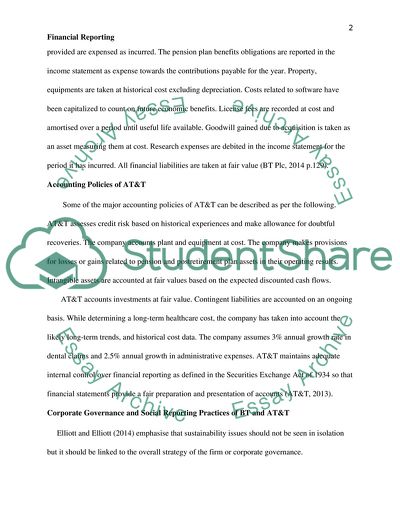Cite this document
(Financial Reporting Assignment Example | Topics and Well Written Essays - 2000 words, n.d.)
Financial Reporting Assignment Example | Topics and Well Written Essays - 2000 words. https://studentshare.org/finance-accounting/1855870-financial-reporting
Financial Reporting Assignment Example | Topics and Well Written Essays - 2000 words. https://studentshare.org/finance-accounting/1855870-financial-reporting
(Financial Reporting Assignment Example | Topics and Well Written Essays - 2000 Words)
Financial Reporting Assignment Example | Topics and Well Written Essays - 2000 Words. https://studentshare.org/finance-accounting/1855870-financial-reporting.
Financial Reporting Assignment Example | Topics and Well Written Essays - 2000 Words. https://studentshare.org/finance-accounting/1855870-financial-reporting.
“Financial Reporting Assignment Example | Topics and Well Written Essays - 2000 Words”. https://studentshare.org/finance-accounting/1855870-financial-reporting.


